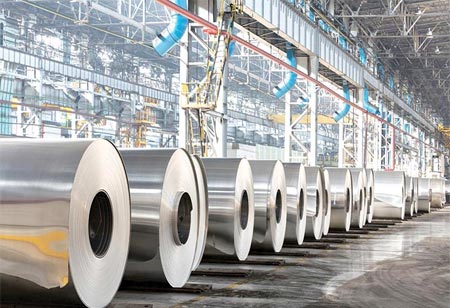India–US Trade Tensions Rise Over Steel and Auto Tariffs NMDC Limited reports a 38% drop in Q4 FY24 consolidated net profit RINL to Raise $23 Million Through Land Sales Amid Crisis

The global steel casting market is projected to reach $42.18 billion by 2029, growing at a steady annual rate of 5.6%. This growth is largely driven by factors such as rapid industrialization, increased demand in the automotive industry, and the expanding renewable energy sector. Steel castings, known for their strength, durability, and lightweight properties, are essential for manufacturing durable components in industries like automotive, construction, and energy.
The automotive sector, particularly the rise of electric vehicles, is a major driver of steel casting demand. Similarly, the renewable energy industry, which relies on components like wind turbines and solar power infrastructure, is fueling the growth of this market. Carbon steel castings remain the most commonly used due to their cost-effectiveness and versatility, while low-alloy and high-alloy castings are in demand for energy and aerospace applications.
Asia-Pacific is expected to dominate the market, with countries like China and India leading industrial growth. North America and Europe are also experiencing steady growth, thanks to advancements in casting technologies. While supply chain disruptions and raw material shortages pose challenges, ongoing innovations in casting processes create opportunities for more sustainable and efficient production.
In conclusion, the steel casting market is on track for significant growth, driven by technological advancements, industrial demands, and increasing adoption across key sectors. Companies investing in these trends will be well-positioned for success.
Also Read : India's MOIL Limited Cuts Manganese Ore Prices for June Deliveries India’s Steel Sector Takes Bold Steps Toward Decarbonization